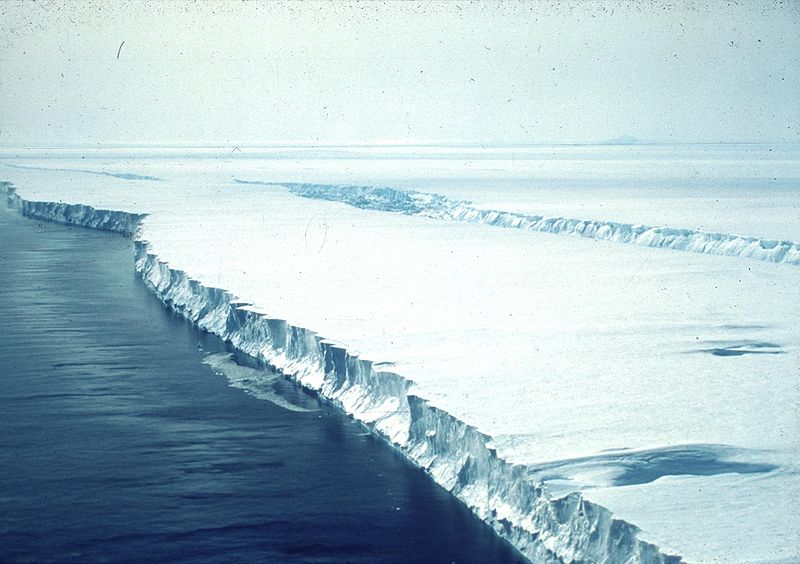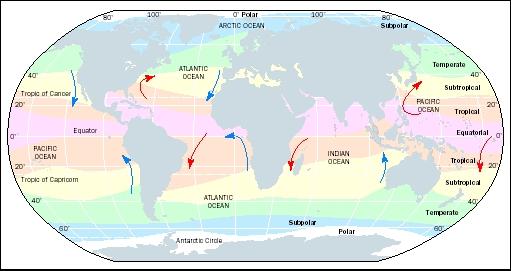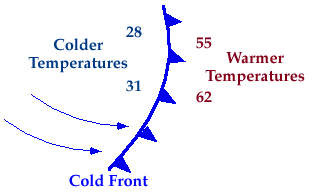In my previous blog, I only talked
about two major landforms of Antarctica. Since Antarctica's
landforms is such a vast and informative topic, the following (including this blog)
blogs will only cover Antarctica's landforms. In this blog, I will include information on seas and oceans. In my following blogs, I will talk about Antarctica's mountains, ice caves, icebergs, Antarctica known as a polar desert, and then just a blog with facts all about Antarctica's landforms for those of you that do not really like to read paragraph after paragraph.
Some of the seas around Antarctica that impact it are; Ross Sea and Weddell Sea. Some oceans around this continent are the South Pacific Ocean, Indian Ocean, and the South Atlantic Ocean. Look at the diagram below.

You can see how the oceans and seas are located around the continent and how they impact the continent. I actually think they are what makes Antarctica cold as well as other factors because water carries over radiation from the sun, as cold water evaporates, it falls as precipitation, also giving the land "temperature", and oceans also transmit their actual average temperature to the land around them because of the cold moisture they convey. For more information on this specific topic, go to the link below, which was my source of information.
To be more narrowed down and specific, let's talk about the Ross Sea, which majorly affects Antarctica.

The Ross Sea was discovered by James Ross in 1841. In the picture above, you can see how the Ross Sea affects Antarctica and how it might be involved on other impacts on Antarctica. I could not find much information on my mentioned topic in any other source, so I am going to need to inference. Based on what I got as an answer, I think the Ross Sea is very beneficial to Antarctica. It provides so many species of krill, algae, fish, seals, more penguins, and so on. These animals are a great sight for tourists, and since Antarctica is known as such a remote continent, it will help bring a little more life to it. The Ross Sea can also be harmful, but mostly to the world as a whole. It is mostly covered with ice, and if that ice were to melt, based on my calculation, sea levels globally would increase by 30 meters, which will destroy homes, crops, sealife wildlife, affect global warming, and can carry plague and other natural disasters to the Earth.
Another sea in Antarctica is the Weddell Sea. Yes, it has a load of Weddell penguins.

The Weddell Sea was named after King George IV. Just as an interesting fact, the Weddell Sea is known as the most treacherous, most harmful, most gruesome, and it is also known as the most difficult to sail sea. The Weddell Sea is full of icebergs, and therefore is much colder than the calm, peaceful, and predictable Ross Sea. Since the Weddell Sea is cold and connected to part of Antarctica, that part of the continent is much colder. The Weddell Sea does have sea animals living inside of it, but those sea animals are used to the unpredictable and unpromising cold. It is very rare for tourists to actually go to Antarctica just to go and see the Weddell Sea. This sea is practically a death trap for humans and anyone who is not used to the harsh cold and is not one of the best sailors in the world.
The South Pacific Ocean, Indian Ocean, and South Atlantic Ocean all affect Antarctica, too. Look at the diagram below.

The South Pacific Ocean is connected to the Northernmost part of Antarctica. It really mostly conveys coldness to the continent. That just about sums up its main purpose to Antarctica. The Indian Ocean, however, in my hypothesis, its main purpose is probably conveying warmth to Antarctica because it is mostly connected to Africa and Asia, two of the warmest continents on Earth. I am not quite sure of this, but it is my theory. The South Atlantic Ocean is freezing, and I am thinking it really makes Antarctica very cold. To sum it up, all the bodies around Antarctica mostly have a "cold" affect to Antarctica.
Sources: https://en.wikipedia.org/wiki/Pacific_Ocean_Areas_(command)#Commanders.2C_South_Pacific_Area











